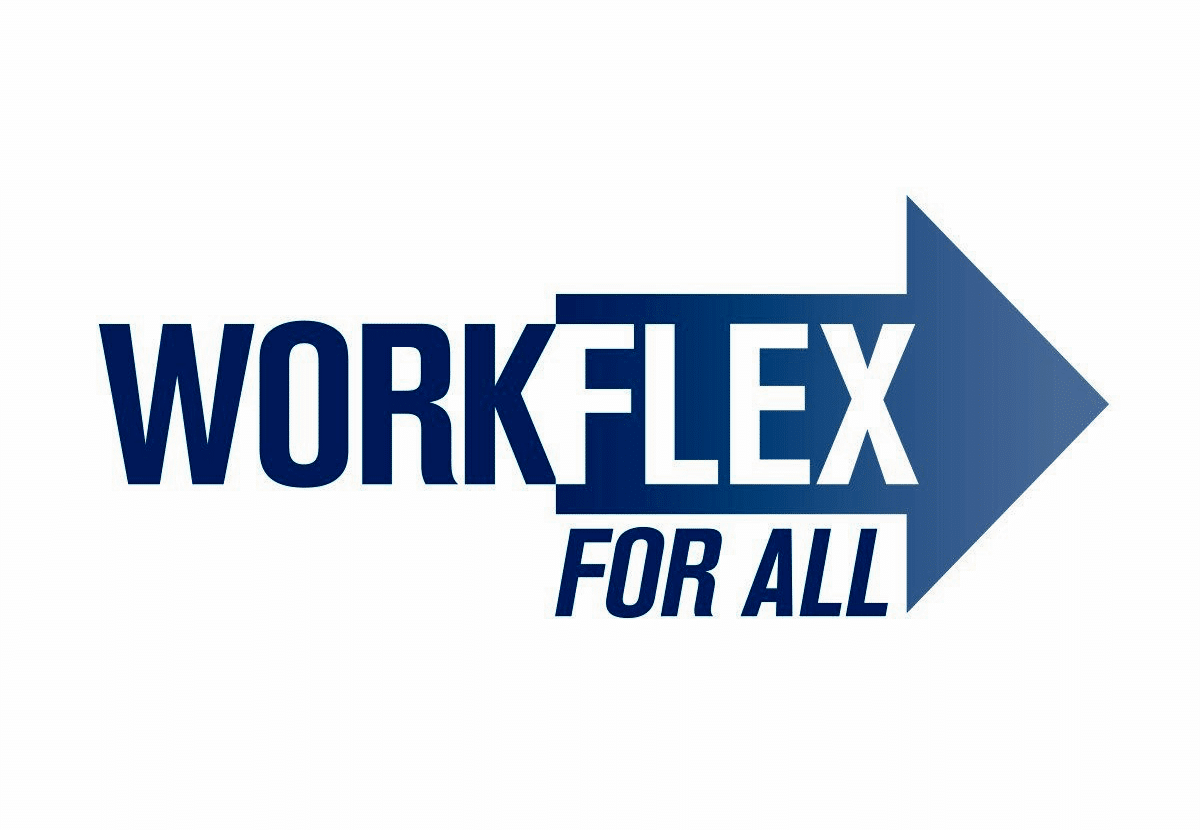Think #Workflex – A Win for Both Employers and Employees

As a human resources professional, it can be a challenge to keep up with legislation and compliance matters much less stay on top of the ones being discussed by our legislators. One of the benefits of being on the A-Team is a quarterly webinar where they talk about issues that are being discussed in Washington. Personally, I find the one-hour investment well worth my time.
So, why am I telling you all this? Because on the last call, SHRM shared some information about H.R. 4219 (also known as the Workflex in the 21st Century Act). This legislation is focused on two hot topics in our workplaces right now – paid leave and flexible work.
A Little Background about Paid Leave
Nine states and over thirty localities have implemented some type of paid sick leave legislation over the past few years. What’s interesting about this development, is that all paid leave isn’t the same. I don’t want to add confusion to an already complex issue, but I found an article that explains the different types of paid leave on TLNT.com titled “How New York’s New Paid Family Leave Impacts Your Organization (Even If You’re Not in NY)”. It’s important to note that we’re talking about paid sick leave today (not paid family leave).
According to Lisa Horn, director of congressional affairs at SHRM, many SHRM members have expressed frustration about all the different types of leaves available and suggested that it would be awesome for there to be legislation that gives employees the benefit while at the same time gives employers the flexibility they need to run their business.
So, SHRM developed the Workflex in the 21st Century Act to accomplish those two goals: 1) provide employees with guaranteed paid leave and a workflex option AND 2) give employers the flexibility to create and administer a policy that aligns with their business and culture.
Workflex Legislation: A 21st Century Solution
Before I give you the high-level overview of H.R. 4219, keep in mind that all legislation is detailed and complicated. For a more comprehensive read, check out the workflex page on the SHRM Policy Action Center website. Basically, the Act does three things:
- It’s voluntary for employers. Organizations can voluntarily offer employees a qualified flexible work arrangement plan that includes a federal standard of paid time off and options for flexible work.
- It pre-empts state and local provisions. Workflex would be an ERISA covered plan so employers that opt-in to Workflex would be pre-empted from state and local paid leave sick laws.
- It’s fiscally responsible. Because the law is voluntary, organizations have the ability to decide if this fits their budget. And if they do opt-in, they have some control over the types of flexible work options they offer to employees.
And let’s not forget what this Act does for employees. We talk a lot about the importance of recruiting the best talent, engaging employees to achieve maximum productivity, and employee retention. This Workflex Act is designed to give employees a benefit that they want and are actively seeking out when they look at future job opportunities.
How You Can Help Make Workflex a Reality
Remember the old Schoolhouse Rock song, “I’m Just a Bill”? Well, we’re at the “stuck in committee on Capitol Hill” step. LOL!
Seriously, this is one of those moments where HR has a real opportunity to make a difference for employees and the business. The Workflex legislation was recently introduced by Rep. Mimi Walters (R-California). Now, it needs people – like us – to start talking about it with our legislators.
So, after you check out the Workflex page on the SHRM Policy Action Center, if you like what you see and want to support it, here’s what you need to do. It’s not a lot – only two quick things.
- Sign up for updates about this bill on the Employers for Flexibility
- Consider writing or calling your representative. If you’re a member of the A-Team, you can do this via the SHRM Policy Action Center. If you’re not, you can send a note via Countable, Resistbot, or whatever communication method works for you.
Oh, my apologies, one more thing. If you have a Twitter account, you can save the #WorkflexBill hashtag to stay current on what’s happening with the bill.
Advocating for our profession is an integral part of being a human resources business leader. But it means getting involved from the beginning to help our legislators understand what organizations and employees want.
18